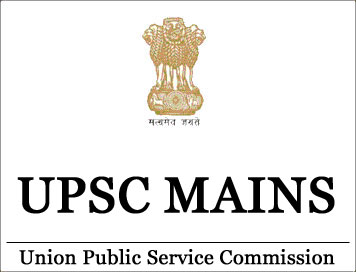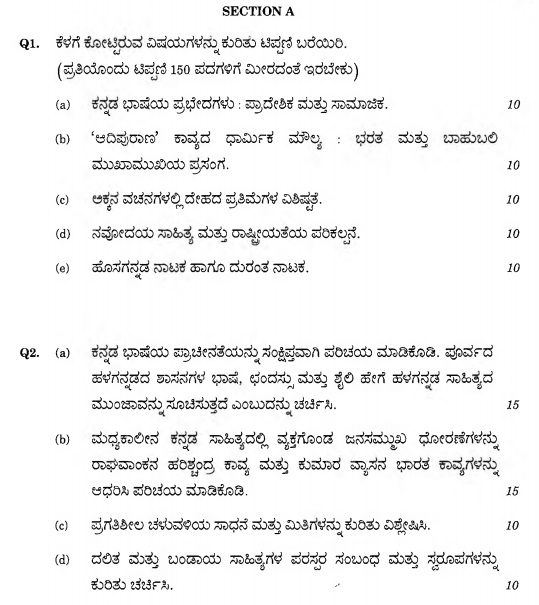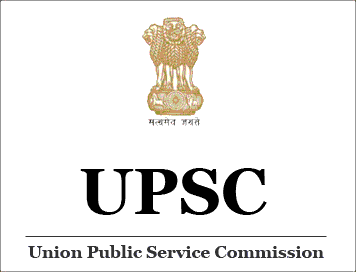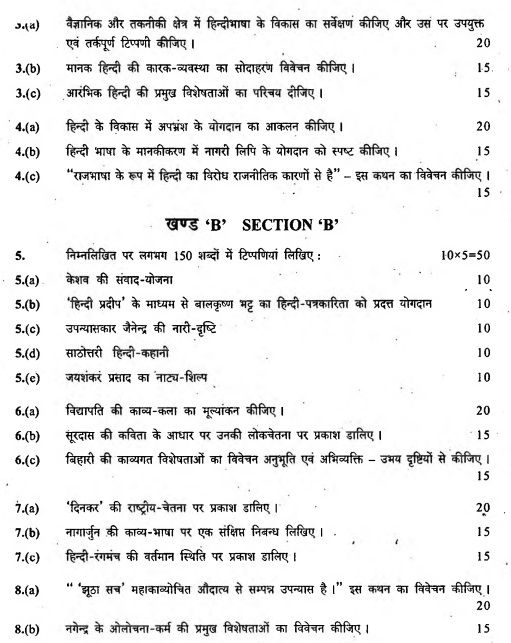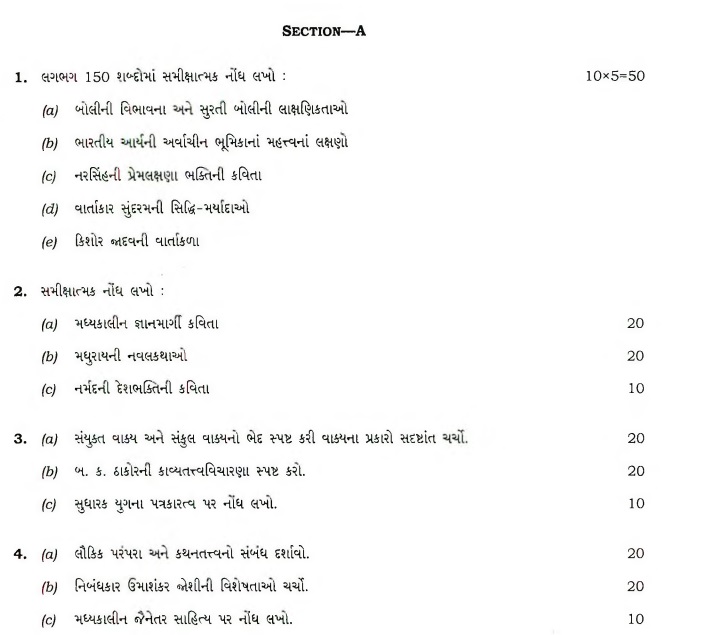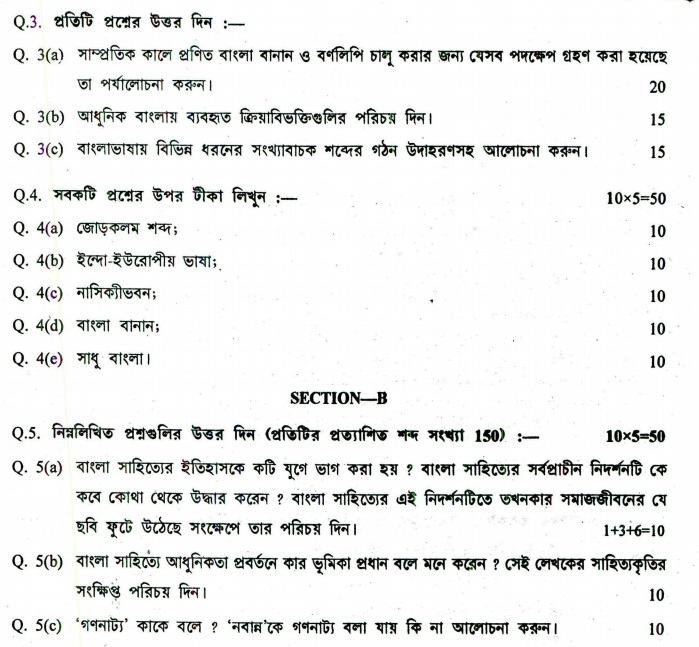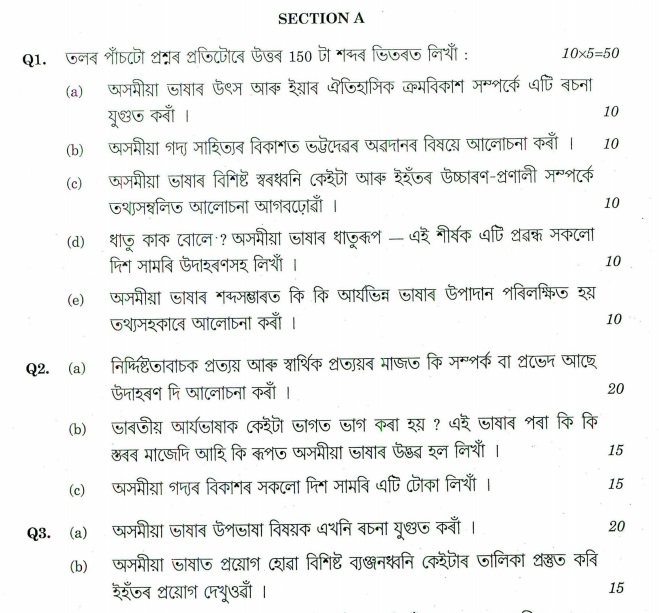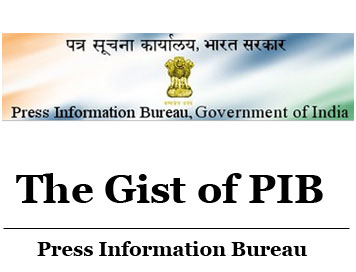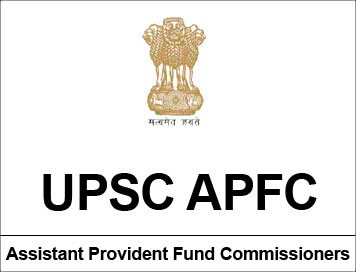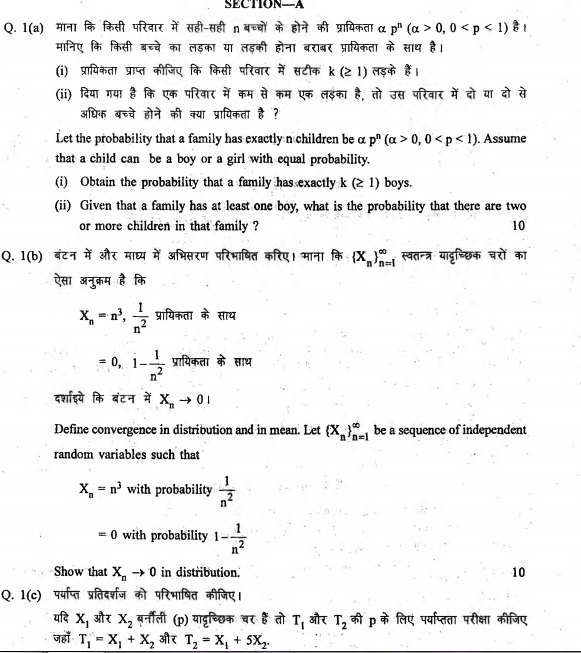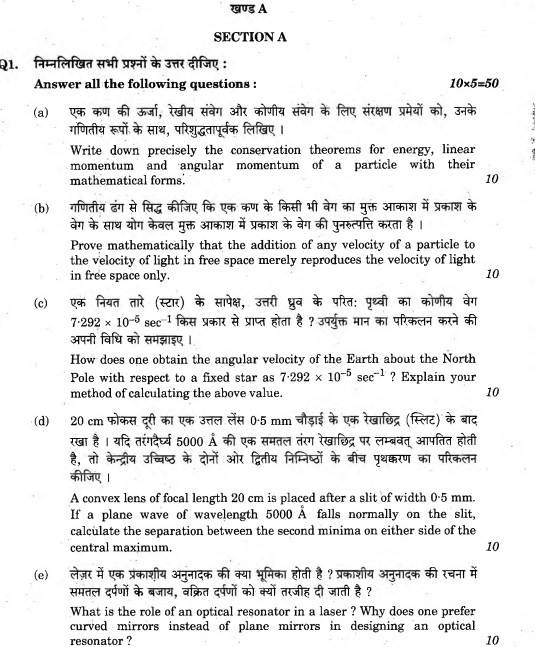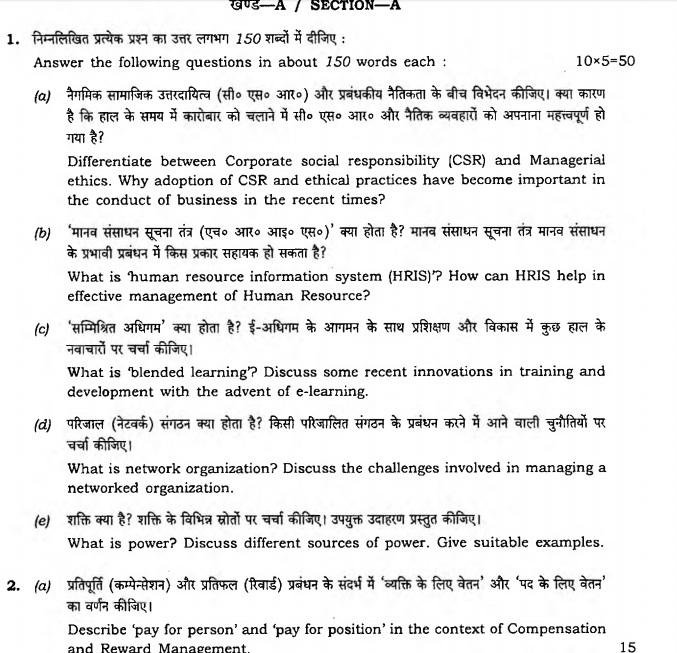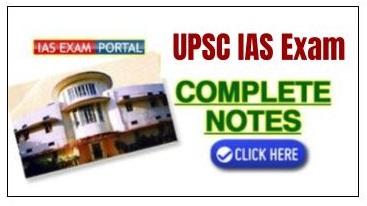Program Approach for GS (Prelims cum Mains) Foundation 2016
There is lot of hype around the IAS exam preparation. A fresh
aspirants comes with the idea that he has to do some hi-funda preparation and be
like a scholar in the subject. Its wrong approach you have to become the expert
of the subject not the scholar. The answers in civil services examinations need
a lot of innovation and creativity ,something that you will not get in the
textbooks. Try to understand issues rather than remembering facts. It requires
lot of thinking and observation.
About the Programme
Civil Services Examination is one of the most beautiful exams
in the world. The term ‘Foundation’ here means that it is going to be the
foundation stone and a first stepping stone towards becoming a civil servant. We
have designed the program that focuses on Mains and Prelims separately. The
program format includes the trend analysis, comprehensive analysis of
contemporary topics and 100% coverage of UPSC GS- Prelims and Mains syllabus.
The research team of IASEXAMPORTAL , having such a vast
experience, supports the programme and helps in the development of the study
material . On the other side our mentor board, we have senior faculties those
who nurture you to become a bright civil servant.
Prelims cum Mains Programme
Always good performance in General Studies (Mains) has aided
most of the aspirants in attaining top slot in final merit list. General Studies
Mains has huge weightage of 1000 Marks where GS Prelims is essential for
clearing the screening.
Is it for Freshers ?
Specially Designed for Under Graduates & Freshers. You will
find each and everything under the platform of iasexamportal. You don’t need to
read or buy any other material except this.And if you do this, We believe, We
can guarantee your success. You give us your One Year and hard labour, we will
give you the result.
Is it for Working Professionals ?
The candidates staying in the far flung areas where classroom
coaching as well as standards books may be inaccessible, GS FOUNDATION is a good
substitute. It is equally helpful for working professionals. Our GS foundation
programme is complete in many regards.
Breaking the Delhi/NCR myth ?
A large number of aspirants are not able to reach out to the
urban centers- like Delhi- which has become the hub of coaching and study
material. These candidates face the challenge of preparing for the IAS exam,
without a developed market and coaching.
How to study while working full time ?
The working people have strict time constraints, it is very important that
they does not spend their precious time in experimenting with different source
materials from the exam point of view.
Methodology and Process Followed ?
1. 100% coverage of GS-Preliminary and Mains syllabus: The GS foundation will
cover the 100 % syllabus of GS both at the level of Preliminary and Mains.
2. You will get all essential Books : Under this GS foundation programme we will
prescribe and dispatch the books for the basics and advanced studies.
3. Mock Test Series : We will also conduct mock test papers for the all enrolled
members both at the level of GS-Preliminary and Mains.
4. Civil Services
Mentor Magazine : All the enrolled members will get the annual subscription
of this magazine free of cost.
5. Gist of
Important Newspapers and Magazines : All the enrolled members will get the
annual subscription of this magazine free of cost.
6. Free Access to
Online Coaching : All the enrolled members will get free access to the
Online Coaching at IASEXAMPORTAL.
7. Solved Previous Year papers and trend analysis : All the enrolled members get
Previous Year paper’s with solution and analysis.
8. Prelims and Mains
Study Kits at
your postal address: We dispatch Books , Study Kits and Magazines at the postal
addresses of the all enrolled members.
9. Telephonic Support :
All the enrolled members get the free telephonic Support of the Course
Coordinator at anytime as per your convenience.
10. Single Platform : You will find each and everything under the platform of
iasexamportal You don’t need to read or buy any other material except this.
11. Expert Guidance till your success : OUR EXPERT will guide you and support
you till your success.

